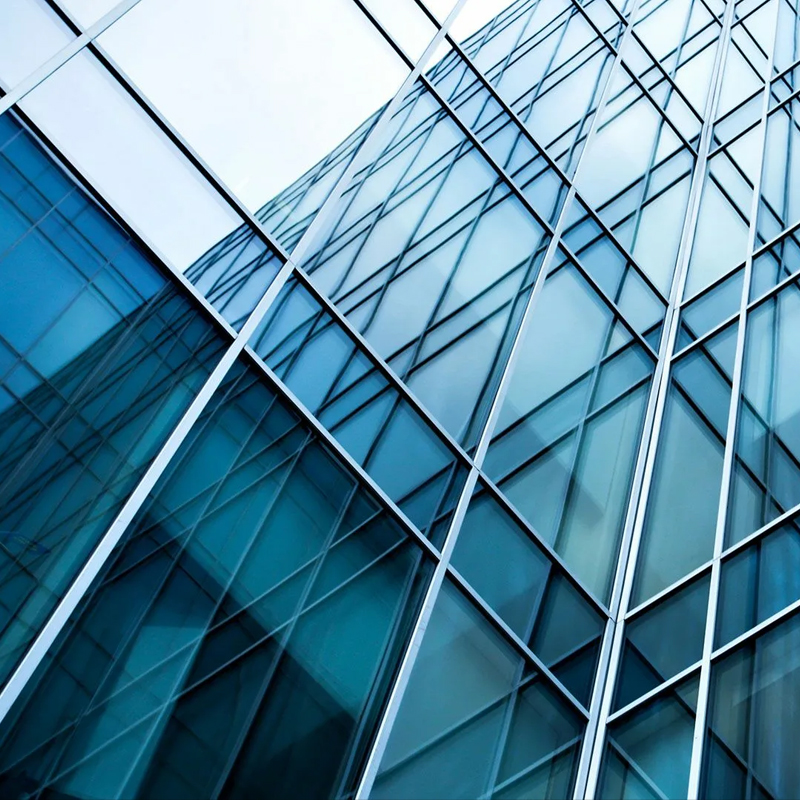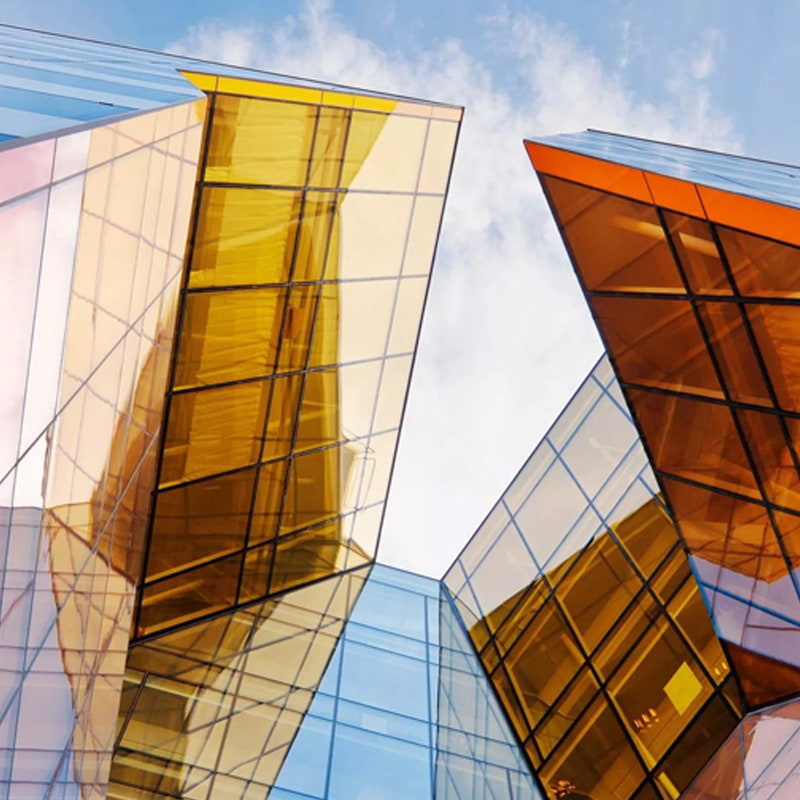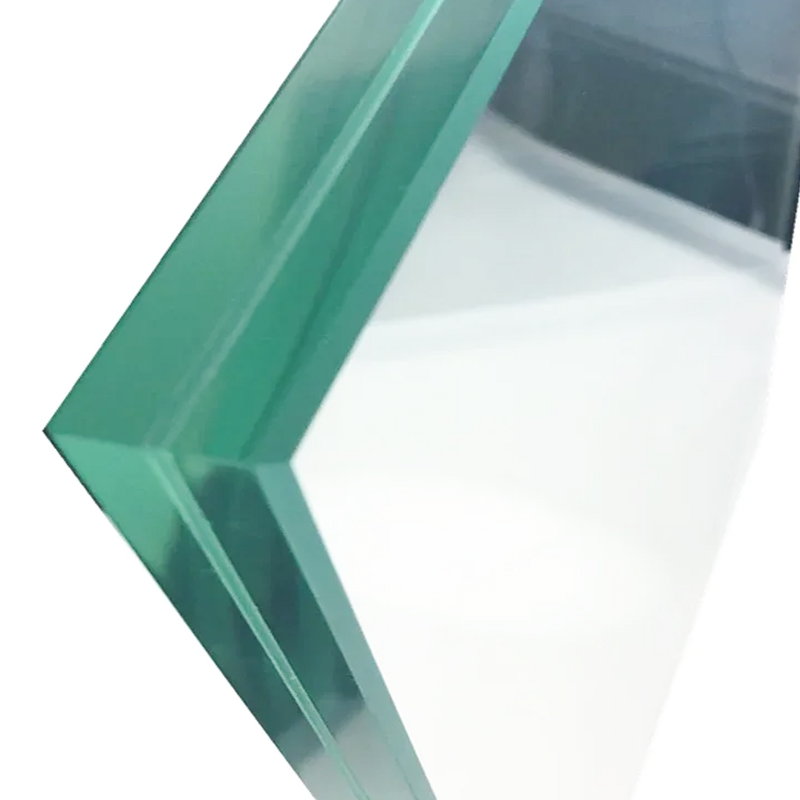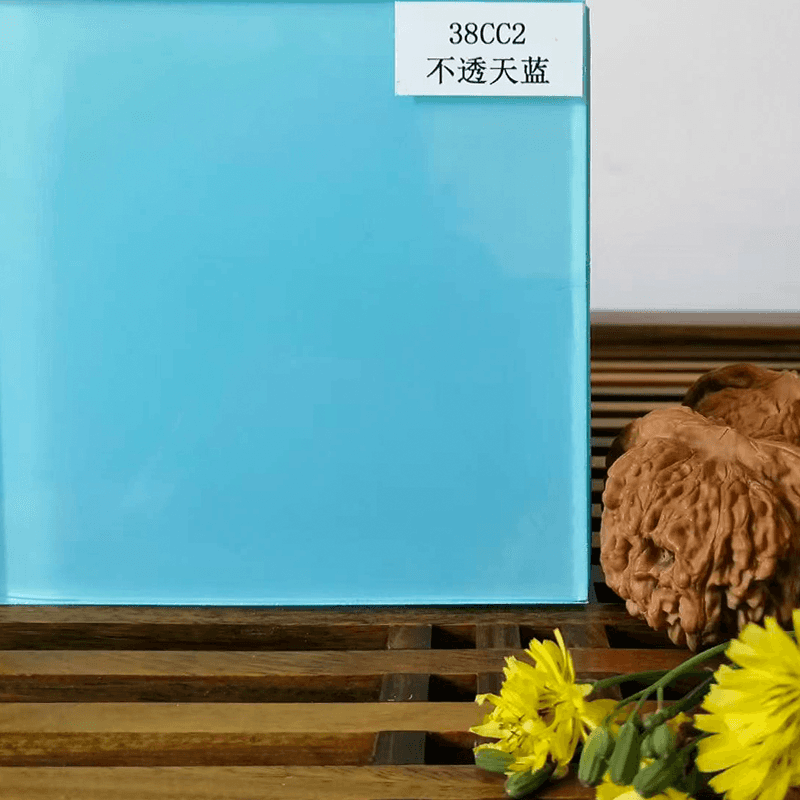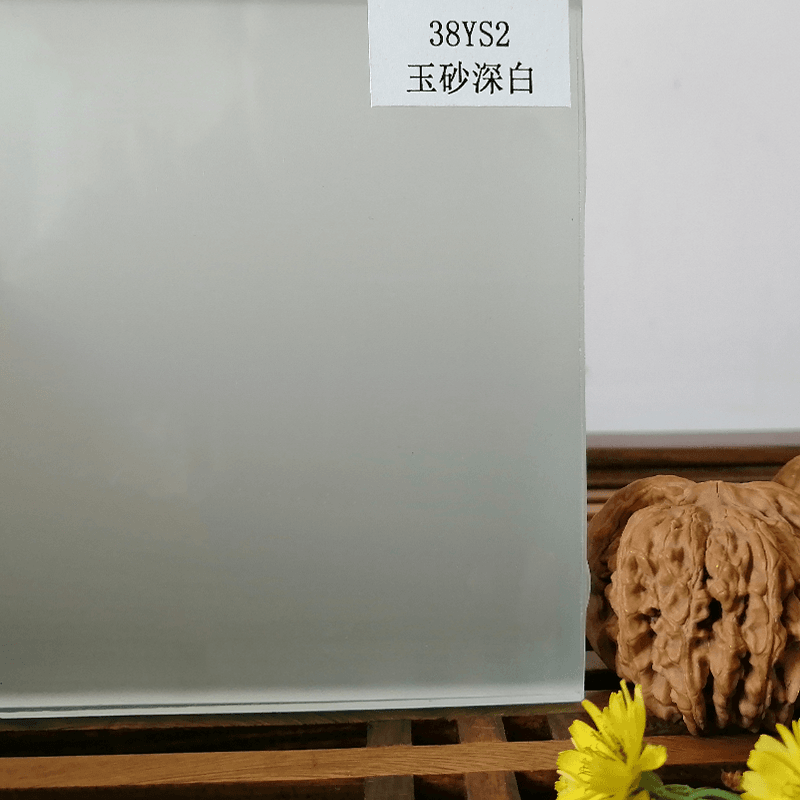language
In the world of advanced materials, some components work behind the scenes, their critical importance often overlooked despite being integral to our daily safety and technological progress. One such material is the Polyvinyl Butyral (PVB) interlayer. More than just a simple piece of plastic, this remarkable film is a cornerstone of modern construction, automotive safety, and renewable energy.
What Exactly is a PVB Interlayer Film?
At its core, a PVB interlayer film is a translucent film—a sophisticated polymer material engineered through the extrusion of polyvinyl butyral resin that has been plasticized with specialized agents. The result is a high-quality film that is free of impurities, boasting a surface that is both smooth to the touch and possessing a controlled degree of roughness. This unique texture is not accidental; it is crucial for its primary function. Despite its toughness, the material retains excellent flexibility, allowing it to be handled and molded for various applications.
Why PVB Excels
The true value of the PVB interlayer lies in its exceptional combination of physical properties, which make it irreplaceable in many high-stakes environments:
Superior Adhesion: It has an excellent bond with inorganic glass, creating a unified composite structure that is far stronger than its individual parts.
Optical Clarity: It is highly transparent, ensuring that views through windows and windshields remain clear and undistorted.
Robust Durability: It is engineered to perform under extreme conditions, demonstrating impressive resistance to heat, cold, and moisture, preventing degradation or delamination over time.
High Mechanical Strength: Its ability to absorb impact and resist penetration is the foundational principle behind laminated safety glass.
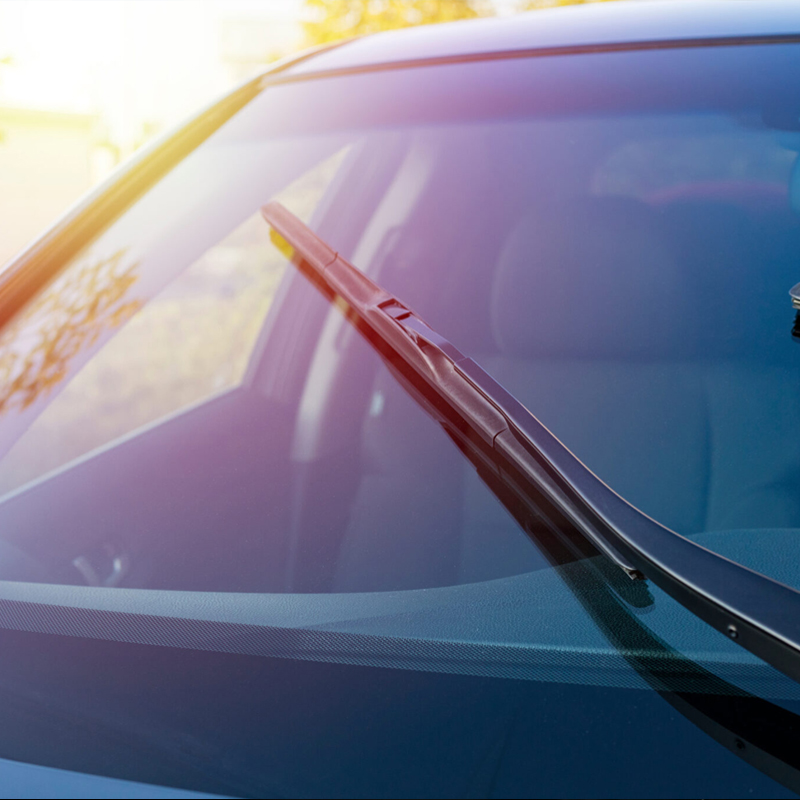
Main raw material structure of PVB interlayer Film
| Raw materials | Details |
| PVB resin |
PVB interlayer is primarily made of PVB resin. PVB resin is a polymer compound derived from the reaction of polyvinyl alcohol and butyraldehyde under the catalysis of a strong acid. PVB resin is non-toxic, odorless, non-corrosive, and non-flammable. It offers excellent light transmittance, insulation properties, weather resistance, abrasion resistance, water resistance, oil resistance, and aging resistance. It also exhibits exceptional adhesion and light transmission properties to inorganic and organic glass. It can be used as an interlayer material for safety glass and other transparent materials. |
| Plasticizer |
Plasticizer 3G8, used in the production of PVB interlayer, exhibits excellent compatibility with PVB resin and exhibits excellent cold and heat resistance. |
|
Additives |
In addition to the two main raw materials mentioned above, PVB interlayers also contain additives such as adhesion regulators, antioxidants, and UV absorbers to adjust adhesion, improve weather resistance, and provide UV protection. |
The Wide-Ranging World of PVB Applications
The versatility of PVB interlayer has led to its adoption across a diverse spectrum of industries:
Construction: This is one of its most visible uses. In buildings, laminated glass with PVB interlayers is used for skylights, curtain walls, soundproof windows, and security glass. It protects occupants from injury from broken glass, mitigates outside noise, and can even block up to 99% of incoming UV radiation.
Automotive: Every modern vehicle on the road relies on PVB. The windshield is a classic example of laminated safety glass. In the event of an impact, the PVB interlayer holds the shattered glass together, preventing it from shattering into dangerous shards and ensuring the structural integrity of the roof in a rollover. It also provides a security barrier.
Photovoltaic (Solar Energy): PVB plays a vital role in the green energy revolution. It is used as an encapsulant in solar panels, protecting the fragile silicon photovoltaic cells from the elements—impact, moisture, and mechanical stress—while maintaining the high transparency necessary for maximum sunlight absorption and energy efficiency.
Aerospace, Military, and High-Tech Industries: When produced using specialized proprietary formulas, PVB interlayers enter a realm of high-performance applications. These advanced variants are found in the windows of aircraft and aerospace vehicles, offering unparalleled strength and clarity at high altitudes. They are used in military equipment for ballistic protection and in specialized high-tech instruments like solar receivers, where reliability under extreme conditions is non-negotiable.

